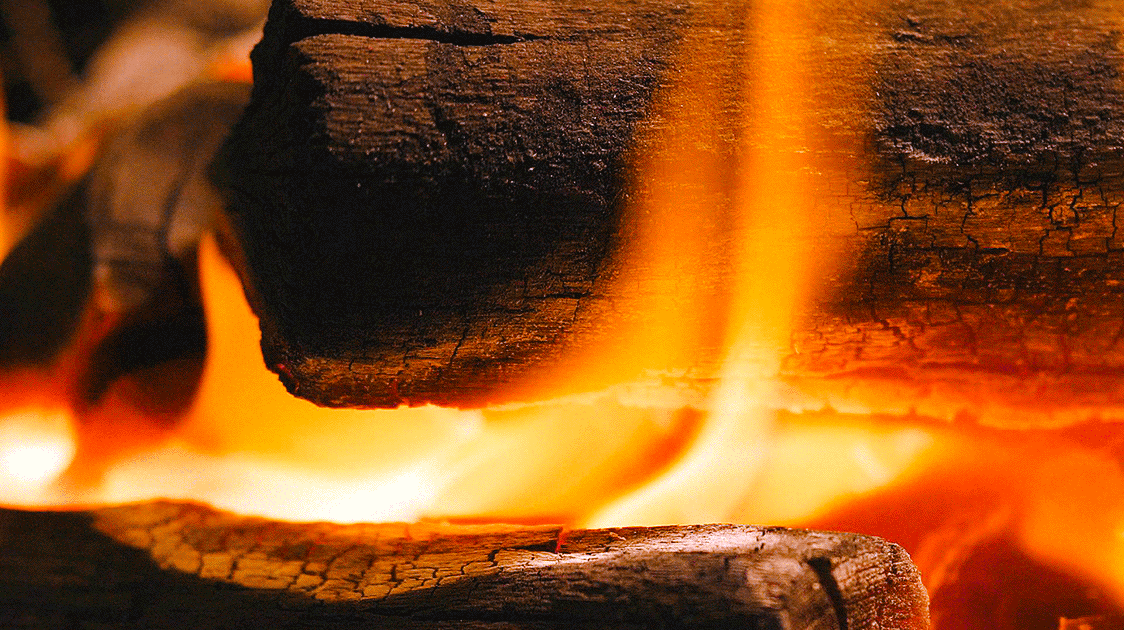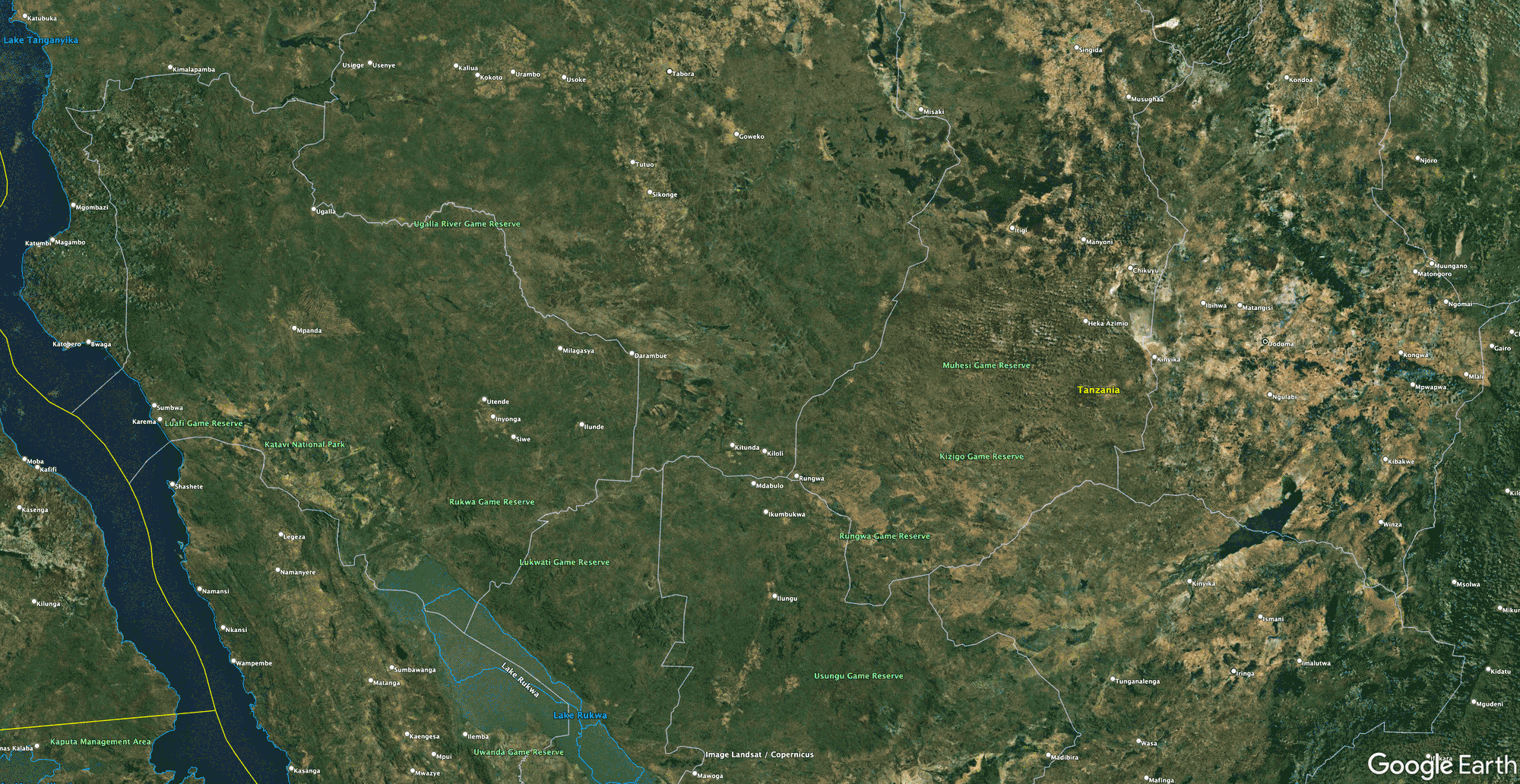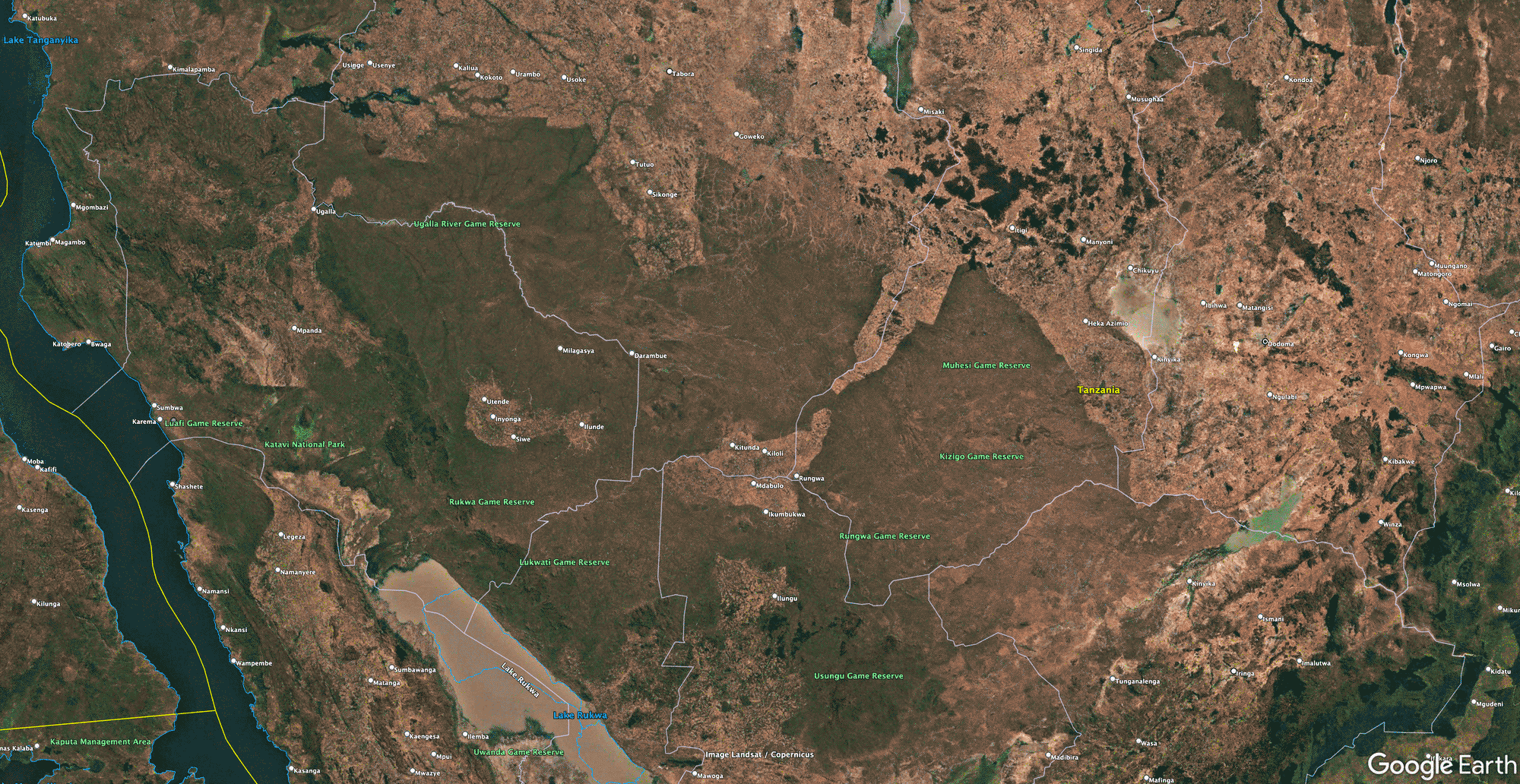Charcoal Snap-Facts from The State of The Wildlife Economy Report

Charcoal is one of the most important non-timber forest products in Africa.
It meets the energy needs of about 800 million people or 65% of the population.
It has high energy content, is easy to store and handle and produces comparatively less smoke.
Over 90% of households still use charcoal for their energy requirements, even where alternative forms of energy exist.
Production has increased six-fold from 5.6 million tons in 1960 to 34.7 million tons in 2019.
The top charcoal producers are Nigeria, Ethiopia, DRC, Ghana, Tanzania, Madagascar, Egypt, and Zambia.


These Google Earth photos (left 1984 and right 2020) show the critical vegetation loss over the decades in the Rungwa system in Western Tanzania. The hunting concessions form the last stronghold but are under severe pressure.
In 2018, the highest levels of charcoal per capita consumption were in Zambia (74 kg per person), Ghana (68 kg per person), and Madagascar (60 kg per person).
It is projected that Africa’s population will double by 2050 to 2.5 billion and that 65% or 1.8 billion people will live in cities and still rely on fuelwood for energy.
Research projects that with every 1% rise in urbanization, charcoal consumption will increase by 14%. Demand for charcoal will grow significantly over the next 30 years, with severe implications for the long-term sustainability of Africa’s forests.
The charcoal sector in Africa employs about 7 million people while generating income for over 40 million people.
The charcoal value chain operates informally outside existing legal frameworks in Africa.
The global value of the charcoal market was estimated at USD 24 billion per year in 2018.
In Africa, a World Bank study estimated that the cooking fuel market was USD 20 billion in 2010 and was projected to reach USD 47 billion in 2020, with charcoal contributing somewhere between USD 6 and 24 billion annually.
Ethiopia and Zambia are the largest markets in Africa, estimated at USD 2.2 billion and USD 2 billion annually, respectively.
It has been further estimated that the opportunity cost of cooking with traditional fuels to the economy of Africa is USD 32 billion annually (equivalent to 3% of Africa’s GDP).
Nigeria, Egypt, Namibia, and South Africa are the largest exporters, selling 406,000 metric tons of charcoal to Europe annually (40% of Europe’s total consumption) and earning significant revenue.
According to the Global Forest Assessment 2020, Africa has an annual net loss of 3.9 million hectares of forest, the highest globally, though the exact contribution of charcoal production is unknown.
In terms of contribution to greenhouse gas emissions, solid-fuel cooking in Africa accounts for 1.2% of carbon dioxide emissions.
With increased consumption, this could become even more significant.
The persistence of charcoal across Africa, coupled with increasing consumption, means that Africa is unlikely to meet the targets of the United Nations Sustainable Development Goals (SDG) number 7: increasing access to sustainable energy by 2030.
Charcoal will continue to play a significant role in household energy and revenue generation, poverty reduction and economic growth.
Therefore, depending on the country's context, various policy options are required to formalize and create a sustainable charcoal sector and conditions for the shift to cleaner cooking technologies among households.
Policy options should focus on:
developing enabling policies and strategies for energy and cooking fuel;
promoting trade and regional charcoal strategies;
increasing investments in clean energy production for households;
strengthening research and development in biomass technologies;
building capacity across the biomass energy value chain;
sustainable forest management;
promoting energy plantations;
greening the charcoal value chain;
improving access to cookstoves and other clean fuels; among others.
Sources: UNEP (2019); WB & IEA (2017); Schure et al. (2019); Nabukalu & Giere (2019); Indexbox (2020).

Comments ()